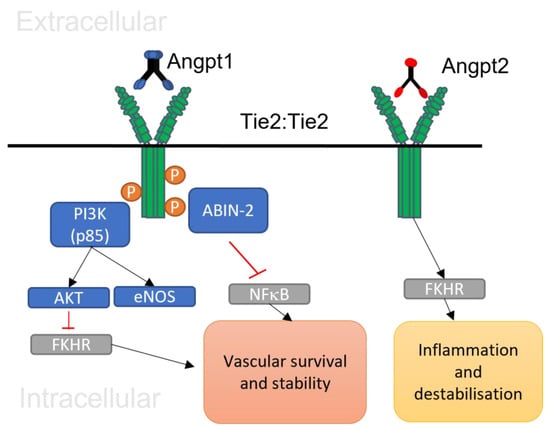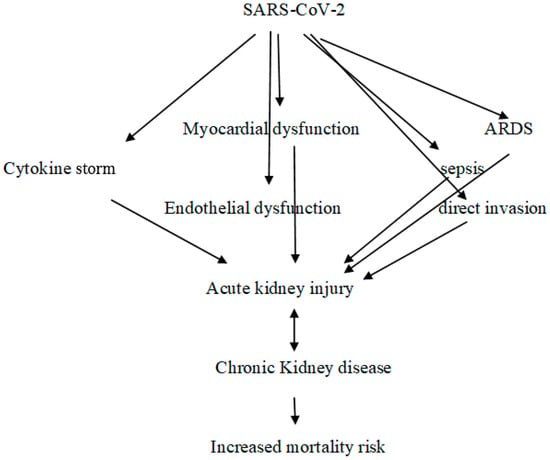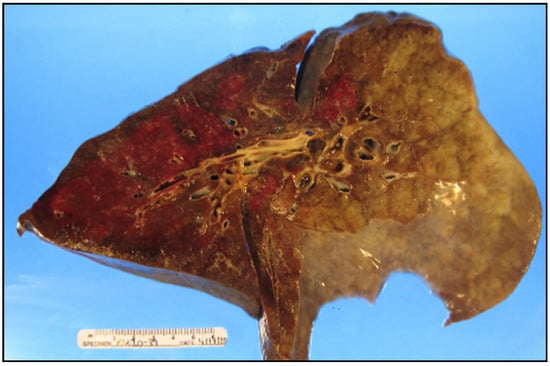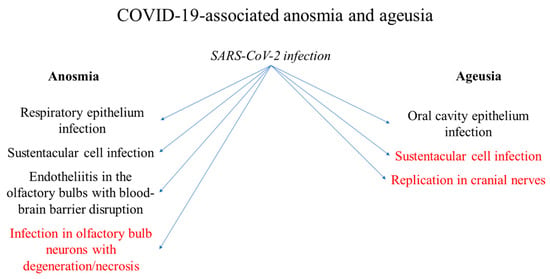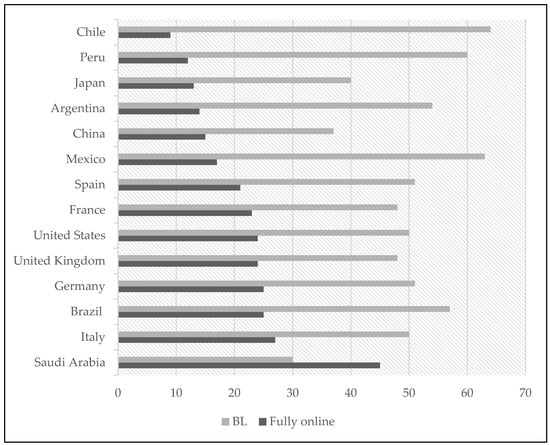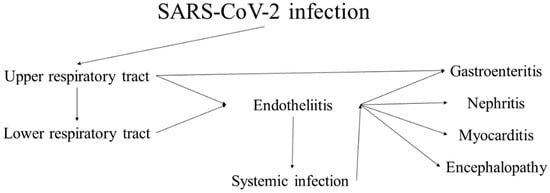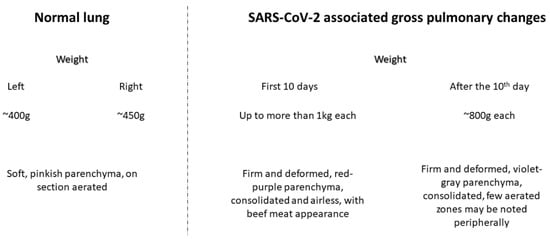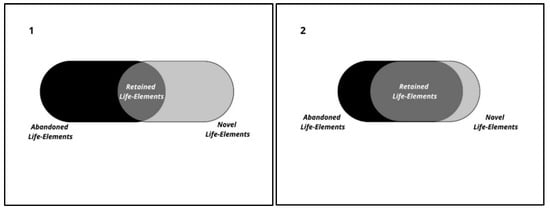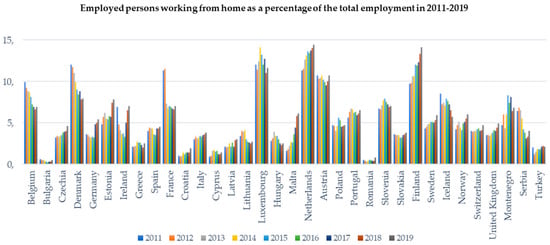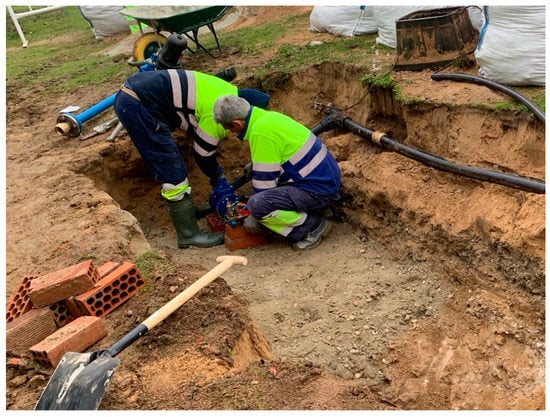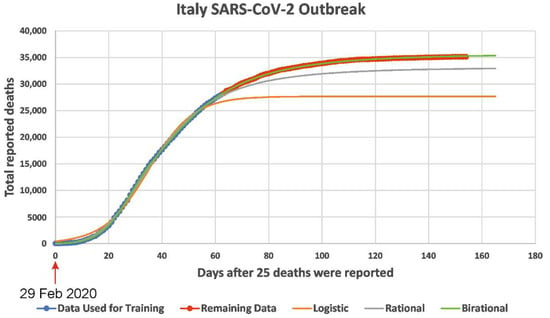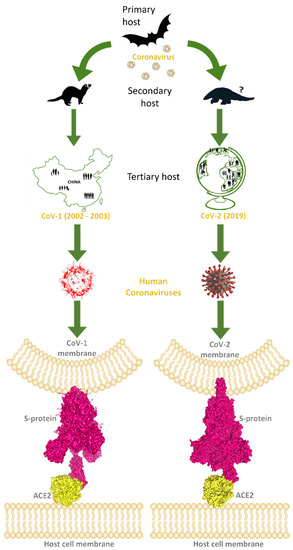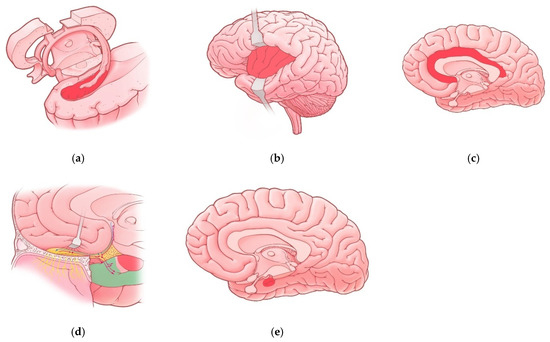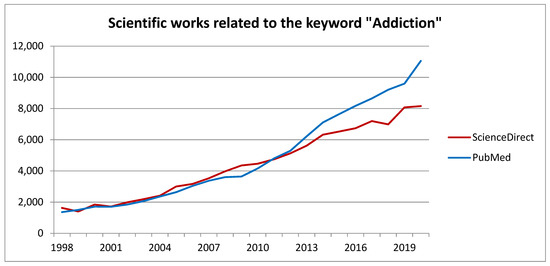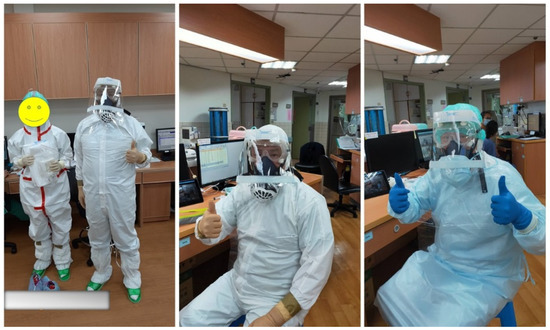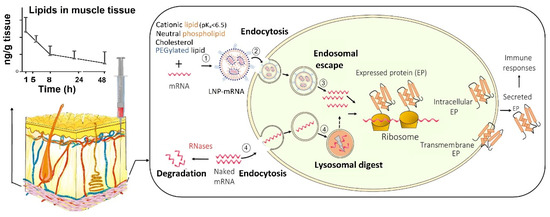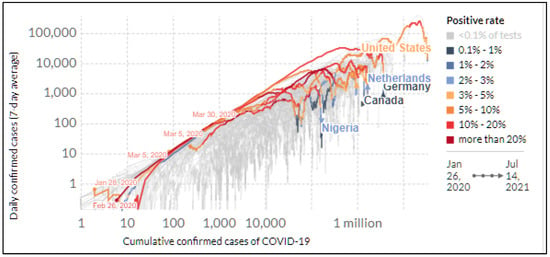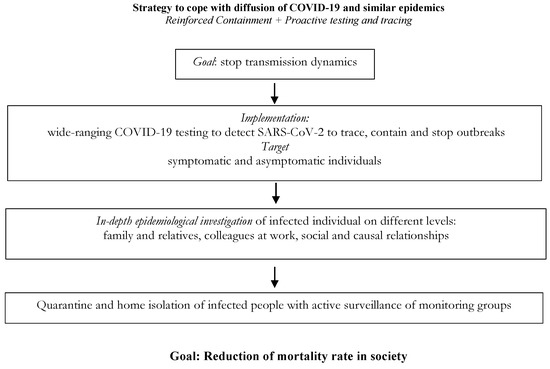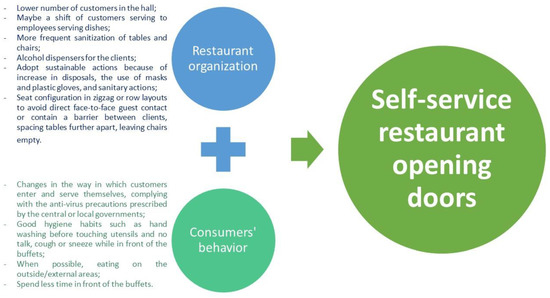Encyclopedia of COVID-19
A topical collection in Encyclopedia (ISSN 2673-8392).
Viewed by 192915Editor
Interests: qPCR; RT-qPCR; colorectal cancer; molecular staging; clostridium difficile; MRSA; aspergillus
Special Issues, Collections and Topics in MDPI journals
Topical Collection Information
Dear Colleagues,
Towards the end of 2019, a cluster of severe acute respiratory disease cases emerged in the region of Wuhan, China. Chinese scientists rapidly identified the etiological agent as a novel coronavirus, severe acute respiratory syndrome-coronavirus-2 (SARS-CoV-2). The virus rapidly spread around the world, infecting, disabling, and killing millions of people, placing immense strains on public health infrastructures, and resulting in untold economic damage. The exceptional threat of a deadly and debilitating new disease led to an extraordinary and unprecedented collaborative effort between the world’s research, medical, publishing, and industrial communities.
Starting with the speedy publication of its genomic sequence in January 2020, this has resulted in the publication of thousands of scientific papers describing the origins and evolution of the virus, its structure, biology and variability and epidemiology. The same is true for recording massive investment in the development of existing as well as new testing methodologies, identification of potential therapeutics, improvements in patient management, and, perhaps most astonishingly of all, the multiple approaches to designing novel vaccines in record time. This is complemented by numerous reports detailing the disease’s devastating potential to impose substantial mortality, morbidity and economic burdens on the human population.
The Scholarly Community Encyclopedia is a user generated content knowledge platform (https://encyclopedia.pub/) that was released by MDPI in April 2018, with the aim of providing a comprehensive and reliable record for science development. Encyclopedia is a new international journal affiliated journal to this platform. Its content will be peer-reviewed and published quarterly using the open access model. It will be supplemented with topical books or collections that summarise current knowledge and contemplate future developments about a range of life science and medical themes.
The first of these books is dedicated to the topic of COVID-19. It aims to provide a single source of reliable, comprehensive, and easily accessible information to chart this unparalleled progress. Contributions can be opinions and critiques, even controversial ones, as long as they are well argued and accompanied by factual evidence. All submissions will be peer-reviewed. For planned entry papers, we invite interested researchers to contact the publishers with titles and short definitions (about 100 words) to fit that brief.
|
ENCYCLOPEDIA OF COVID-19 |
||
|
Part I SARS-CoV-2 origin and evolution |
||
|
1.1 |
Coronaviruses |
|
|
1.1.1 |
Bat CV |
|
|
1.1.2 |
Human CV |
|
|
1.1.3 |
Mutations and lineages |
|
|
1.1.4 |
Directed evolution |
|
|
1.1.5 |
Heteroplasmy |
|
|
1.2 |
Lessons from SARS |
|
|
1.2.1 |
Transparency of reporting |
|
|
1.2.2 |
Role of WHO |
|
|
1.2.3 |
Monitoring and sequencing |
|
|
1.3 |
Politicisation of origins |
|
|
1.3.1 |
Science vs politics |
|
|
1.4 |
Spread |
|
|
Part II Symptoms and diagnosis |
||
|
2.1 |
Pre- and asymptomatic COVID |
|
|
2.2 |
Typical symptoms |
|
|
2.3 |
Children |
|
|
2.4 |
Molecular Diagnostics (e.g. RT-PCR) |
|
|
2.5 |
Serological Diagnostics (e.g. antibody testing) |
|
|
2.6 |
Immunological Diagnostics (e.g. antigen testing) |
|
|
2.7 |
High Tech Detection (e.g. CT and x-ray tomography) |
|
|
2.8 |
Drug treatments and clinical studies |
|
|
2.8.1 |
Antibacterial/viral drugs |
|
|
2.8.2 |
Rheumatoid arthritis drugs |
|
|
2.8.3 |
“Quack” drugs |
|
|
2.8.4 |
Prescribing issues |
|
|
2.9 |
Managing long-term effects |
|
|
Part III Virus infection and immunity |
||
|
3.1 |
Molecular virology |
|
|
3.1.1 |
Genome organisation |
|
|
3.1.2 |
Protein complements |
|
|
3.1.3 |
Replication/transcription complex |
|
|
3.1.4 |
Replication fidelity |
|
|
3.1.5 |
RNA processing |
|
|
3.2 |
Pathogenesis |
|
|
3.2.1 |
Life cycle |
|
|
3.2.2 |
Viral effects on host |
|
|
3.2.3 |
Immune antagonism |
|
|
3.3 |
Herd immunity (“Great Barrington”) |
|
|
3.4 |
Vaccine development |
|
|
3.4.1 |
Conventional vaccines |
|
|
3.4.2 |
Viral vector vaccines |
|
|
3.4.3 |
mRNA vaccines |
|
|
3.5 |
Regulatory affairs |
|
|
3.4.1 |
FDA vs CDC vs Chinese CDC vs EMA vs MHRA |
|
|
3.6 |
Immunisation strategies |
|
|
3.6.1 |
UK strategy delaying 2nd dose |
|
|
3.6.2 |
Indonesia strategy economically active people first |
|
|
3.6.3 |
Old and vulnerable first |
|
|
3.7 |
Anti-vaxxers |
|
|
Part IV Epidemiology and public health interventions |
||
|
4.1 |
Public Health issues |
|
|
4.2 |
Initial responses |
|
|
4.2.1 |
China, Taiwan, S. Korea, New Zealand, Europe, USA, Brazil, Sweden, Chile, Australia |
|
|
4.3 |
Epidemiology |
|
|
4.3.1 |
Transmission |
|
|
4.3.2 |
Incubation period |
|
|
4.3.3 |
Spectrum of disease severity |
|
|
4.3.4 |
Risk factors for severe illness or death |
|
|
. |
Ethnicity Social status |
|
|
4.4 |
Spreaders |
|
|
4.5 |
Fatality rates |
|
|
4.6 |
Mistakes resulting in deaths |
|
|
4.6.1 |
Care homes |
|
|
4.7 |
Mental issues |
|
|
4.8 |
Long COVID |
|
|
4.9 |
Prevention/management |
|
|
4.9.1 |
Social control measures |
|
|
4.9.2 |
Social distancing |
|
|
4.9.3 |
Liberty issues |
|
|
. |
Apps Vaccine passports |
|
|
4.9.4 |
Lockdowns |
|
|
. |
Severity Length Compliance |
|
|
4.9.5 |
Individual control measures |
|
|
4.10 |
Fringe opinions/conspiracy theories |
|
Prof. Dr. Stephen Bustin
Collection Editor
Manuscript Submission Information
Manuscripts should be submitted online at www.mdpi.com by registering and logging in to this website. Once you are registered, click here to go to the submission form. Manuscripts can be submitted until the deadline. Submitted manuscripts should not have been published previously, nor be under consideration for publication elsewhere (except conference proceedings papers). All manuscripts are thoroughly refereed through a single-blind peer-review process. Accepted papers will be published immediately in the book section of the journal and will be listed together on the collection website. A guide for authors and other relevant information for submission of manuscripts is available here (https://www.mdpi.com/journal/encyclopedia/instructions). Authors may use MDPI's English editing service prior to publication or during author revisions.



